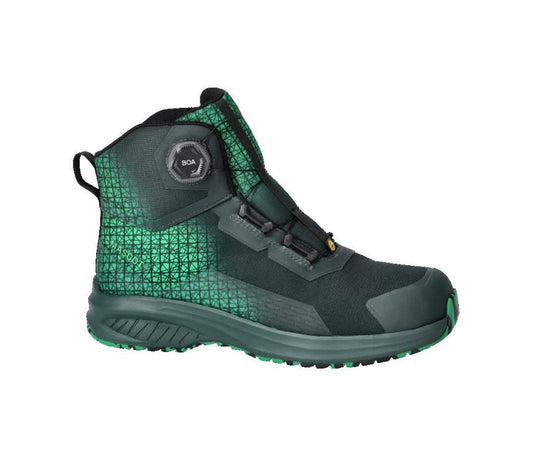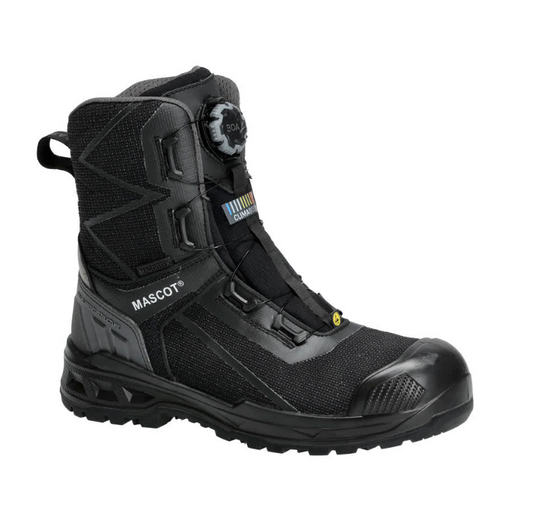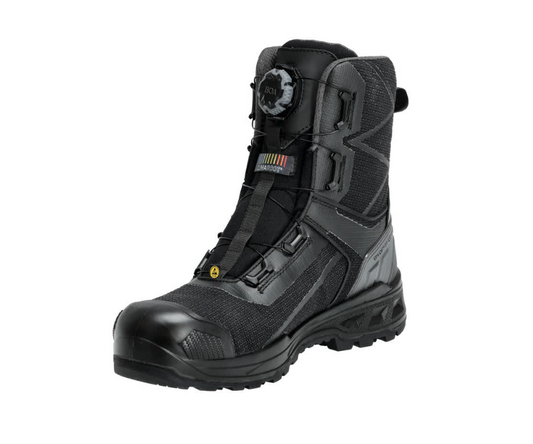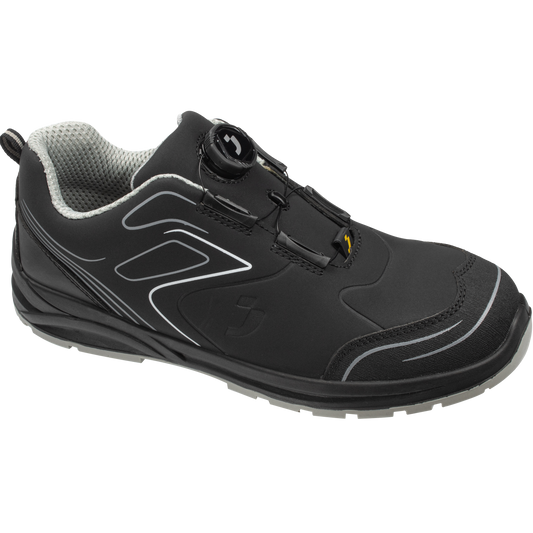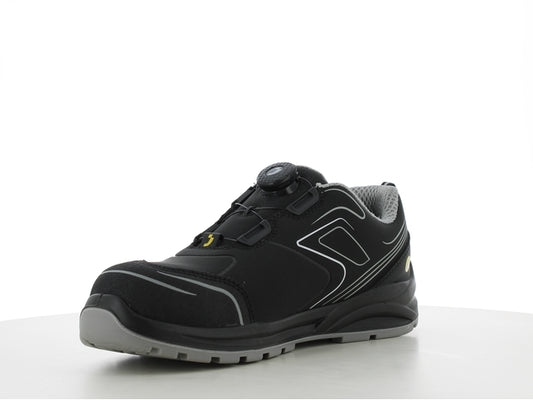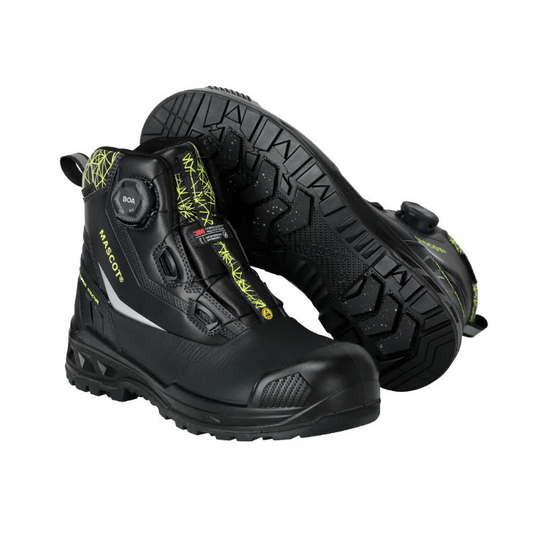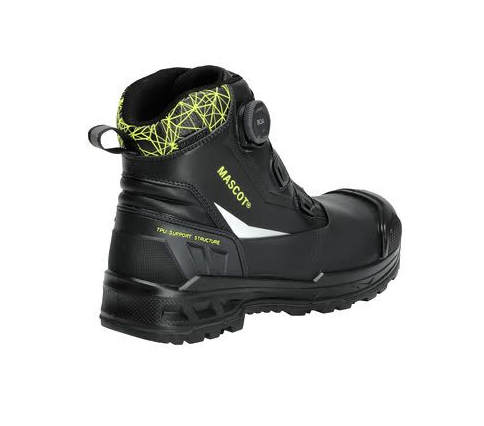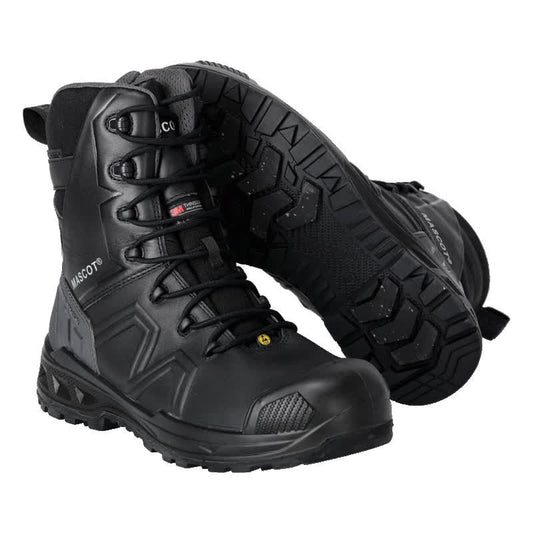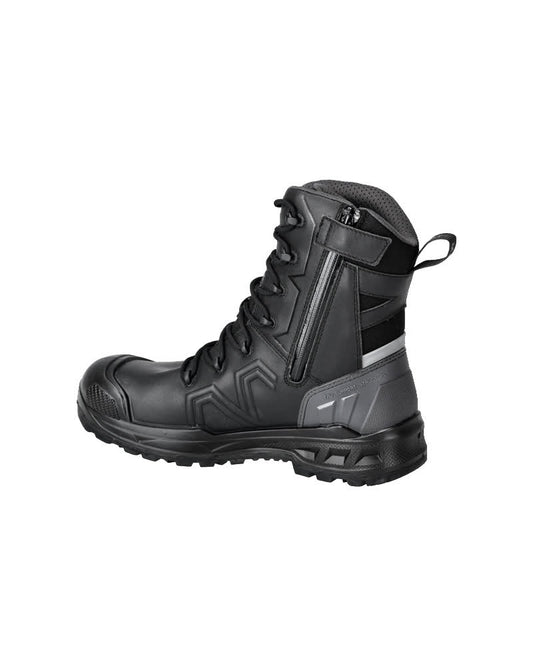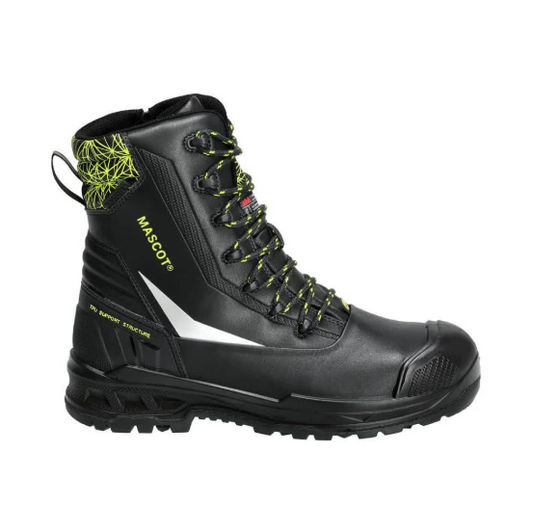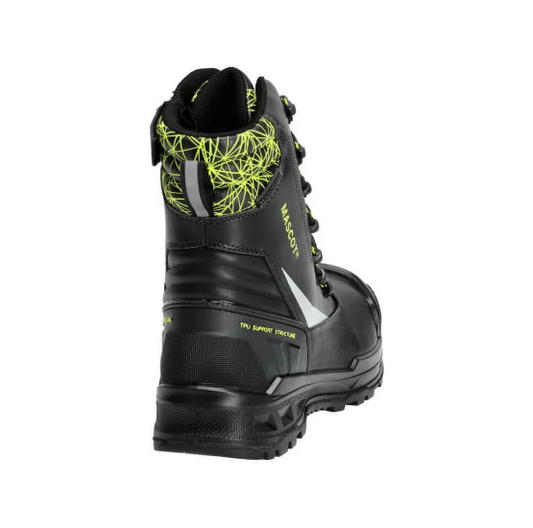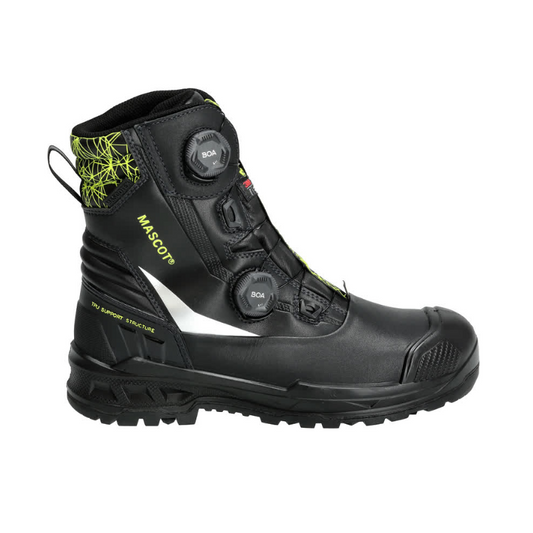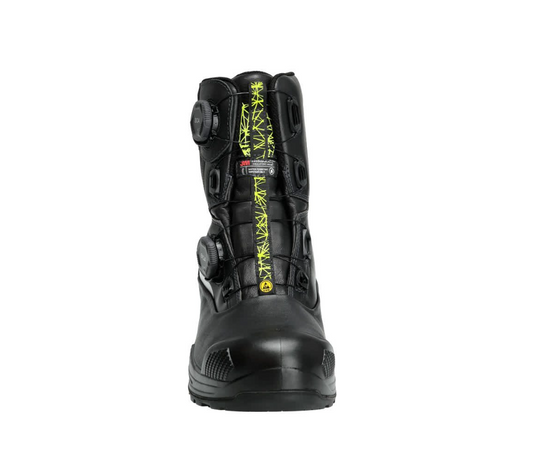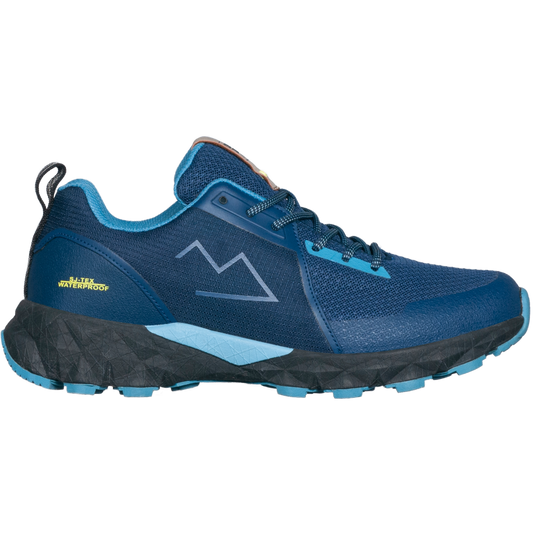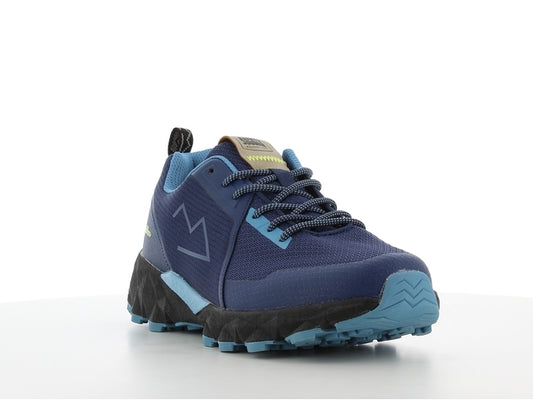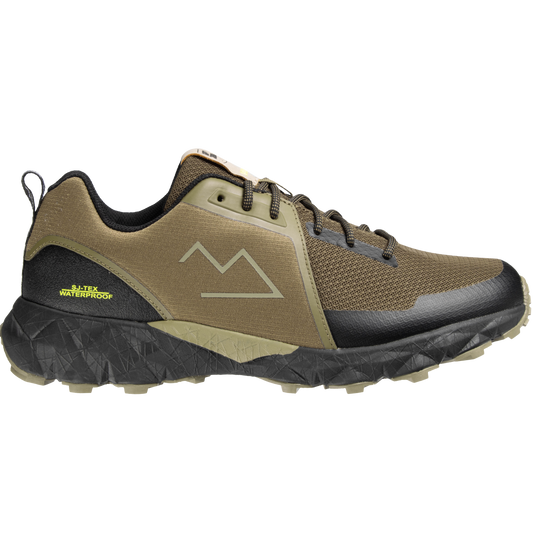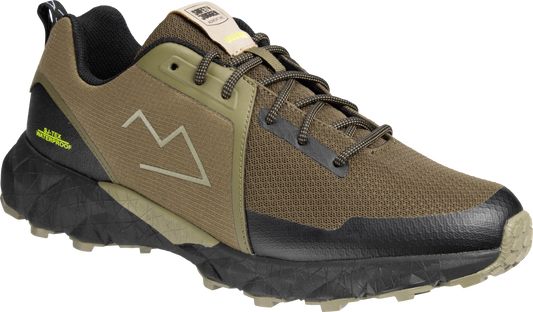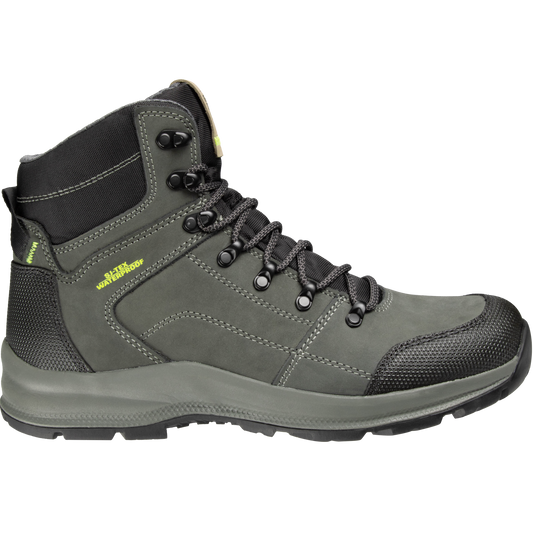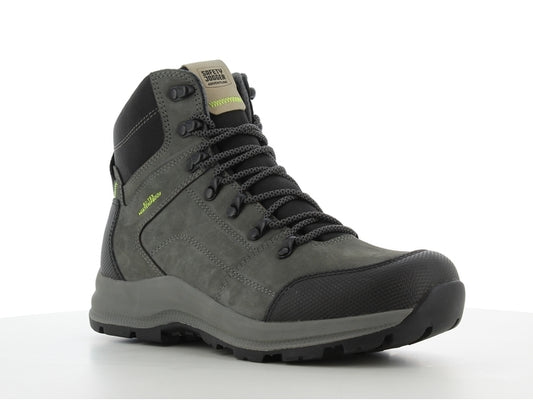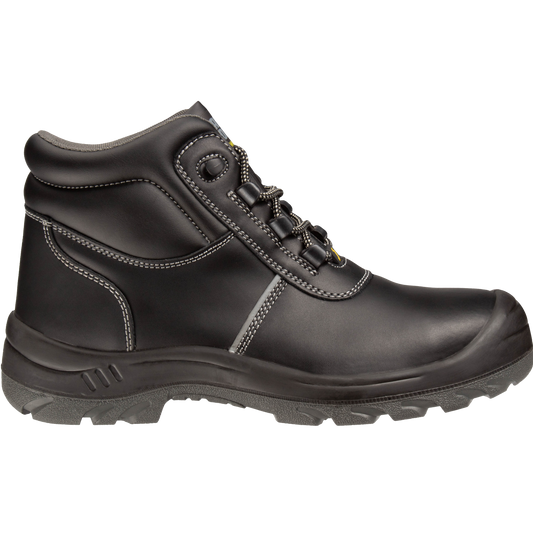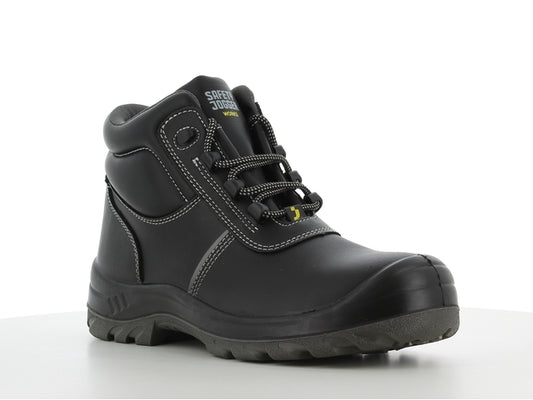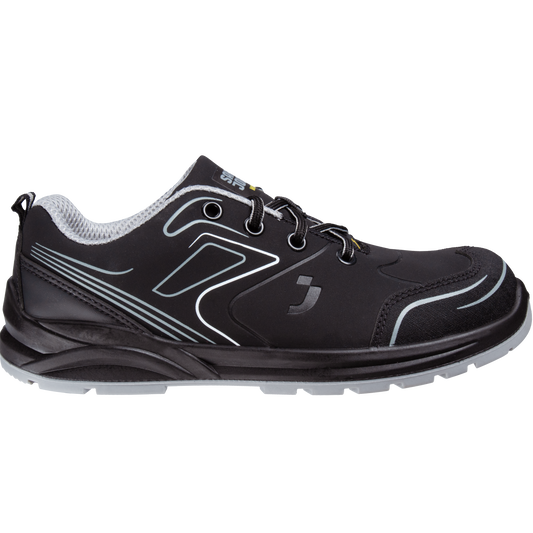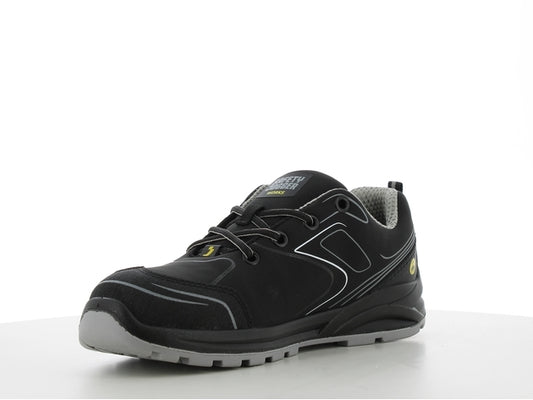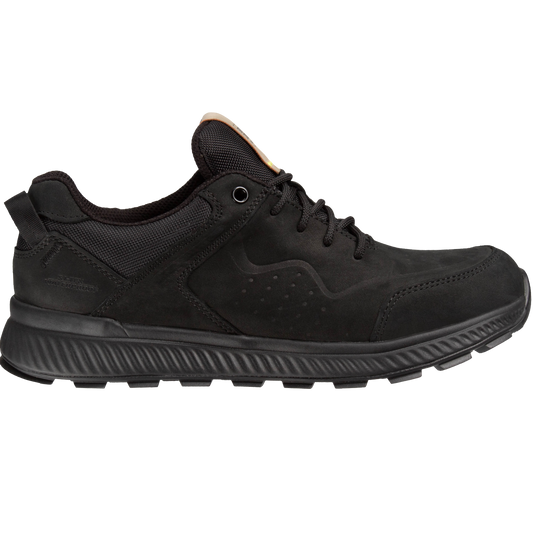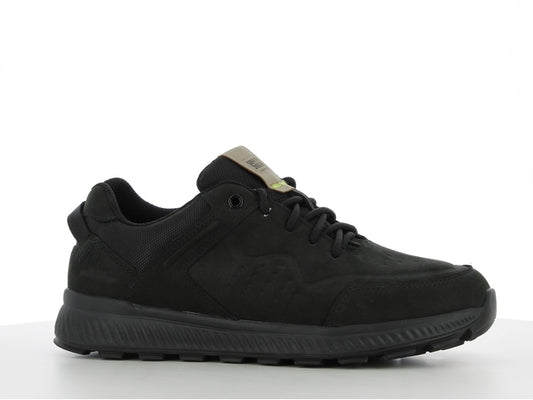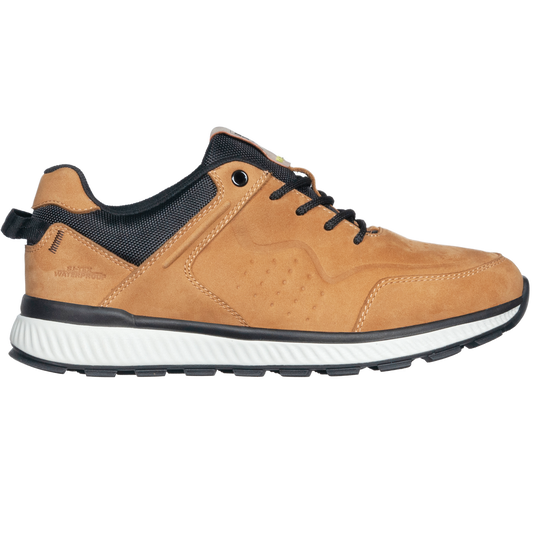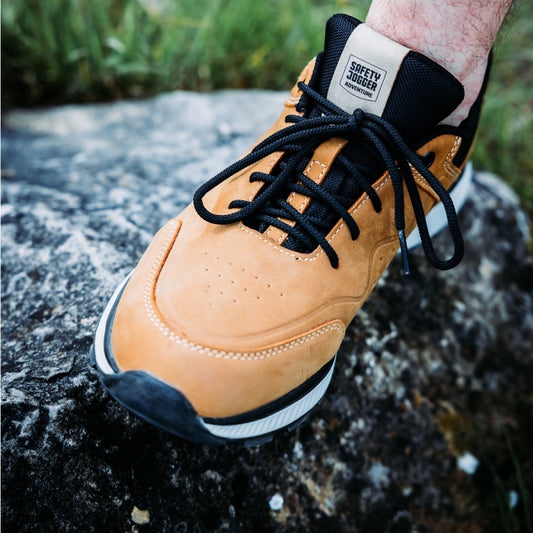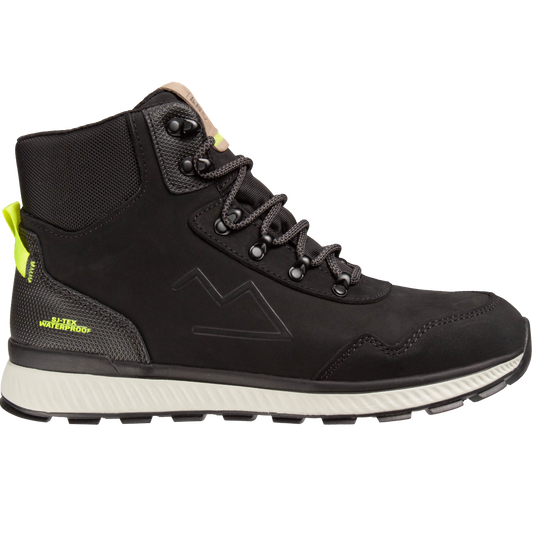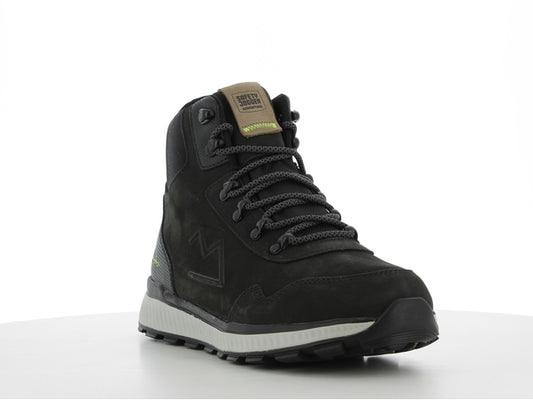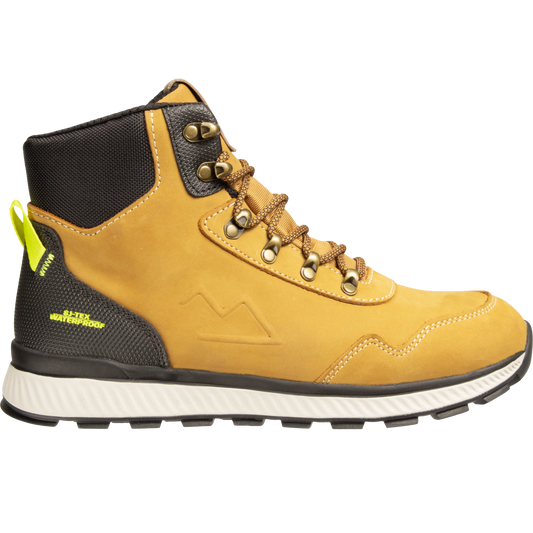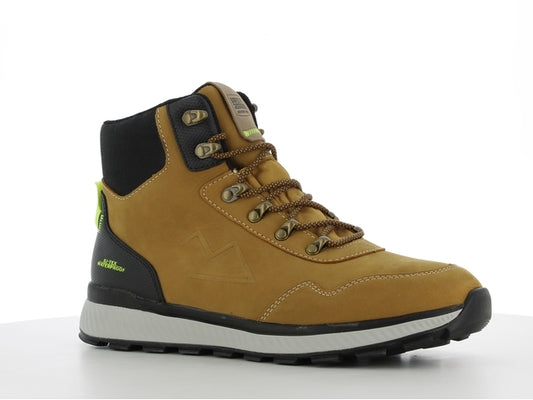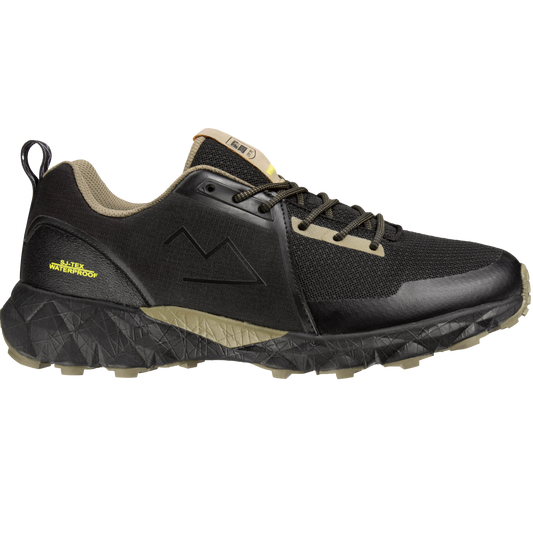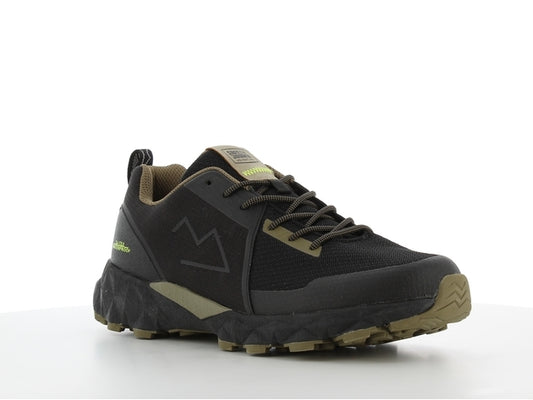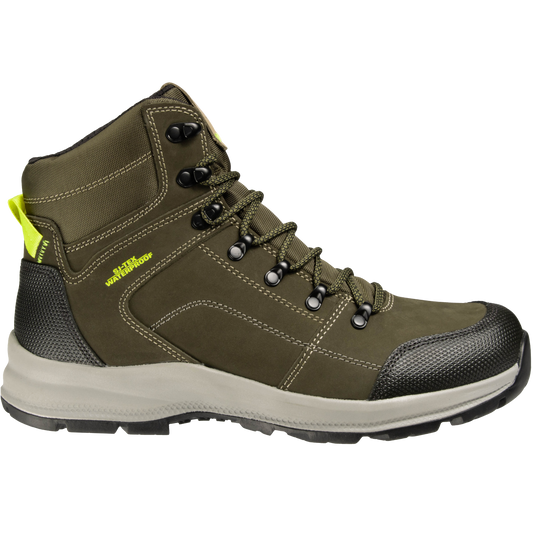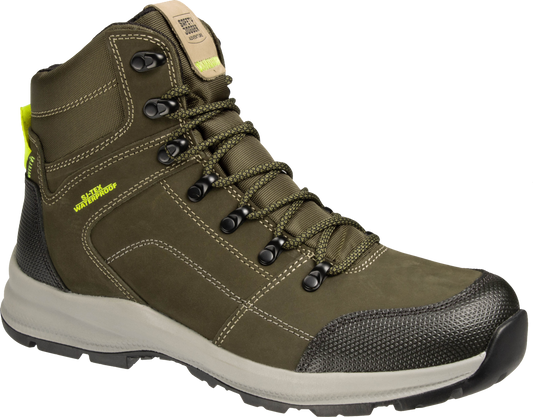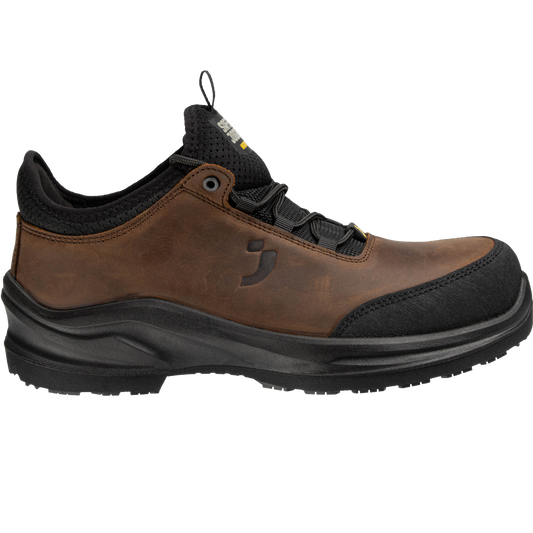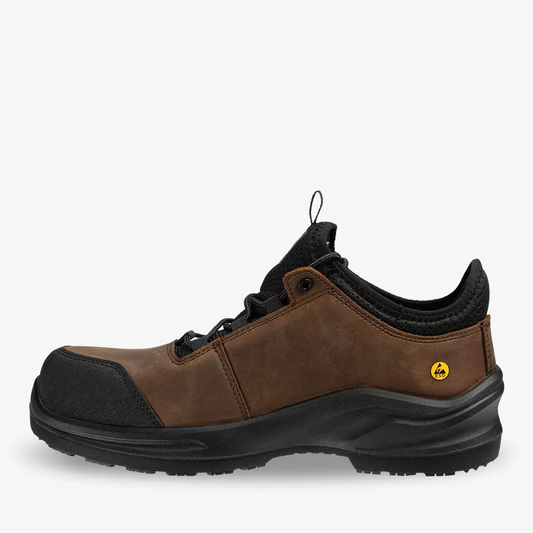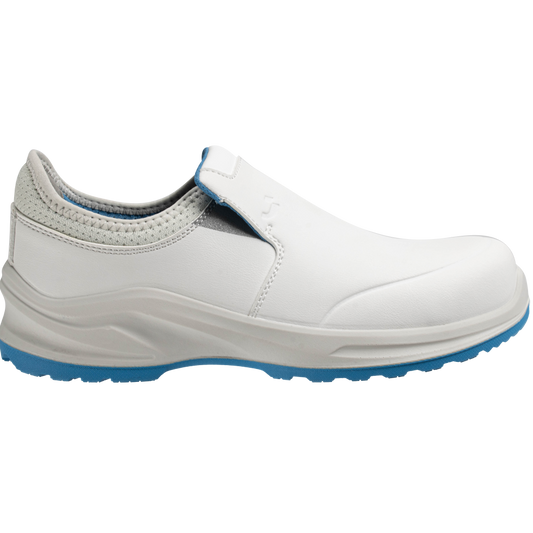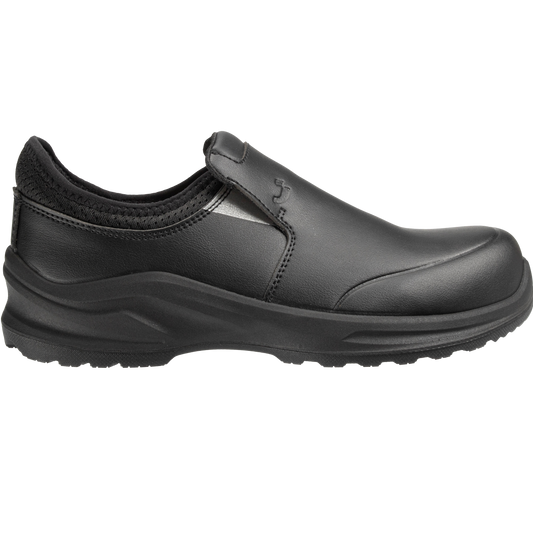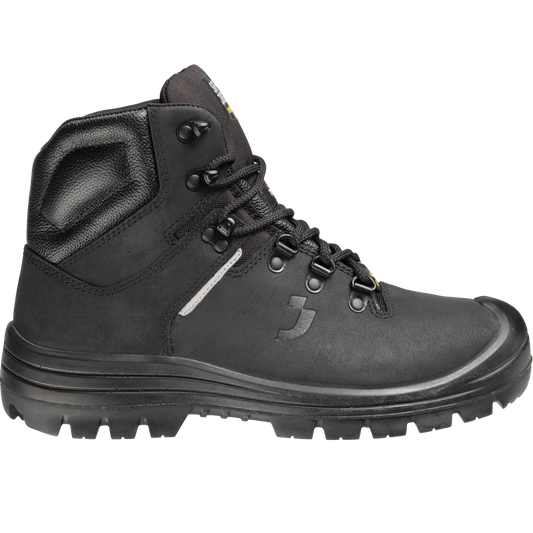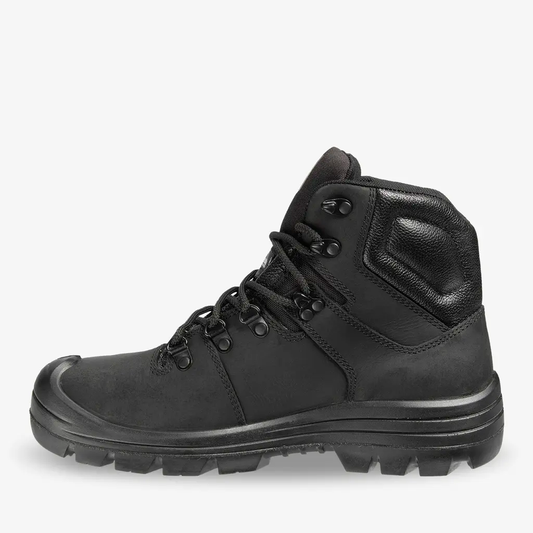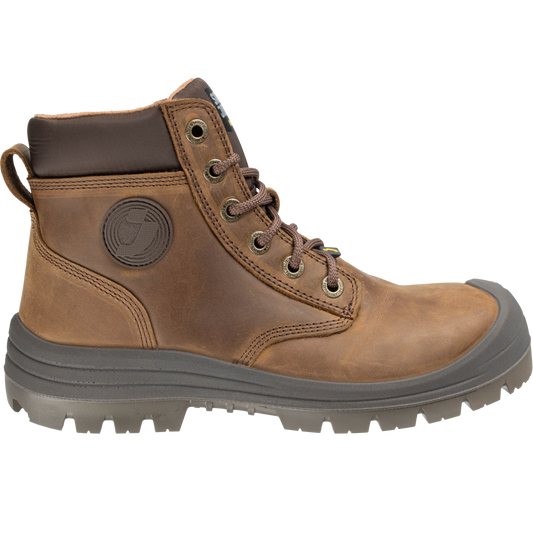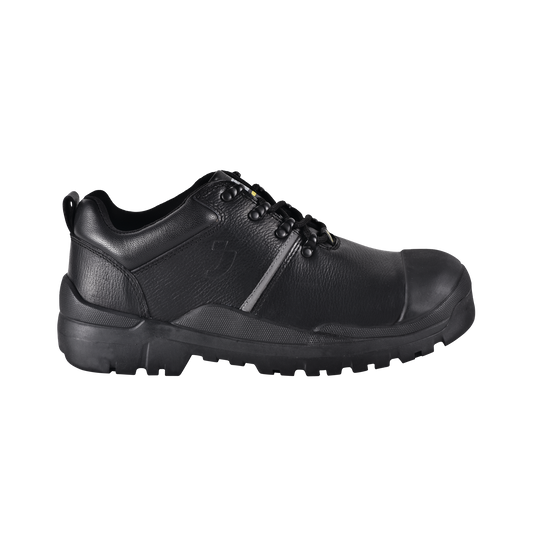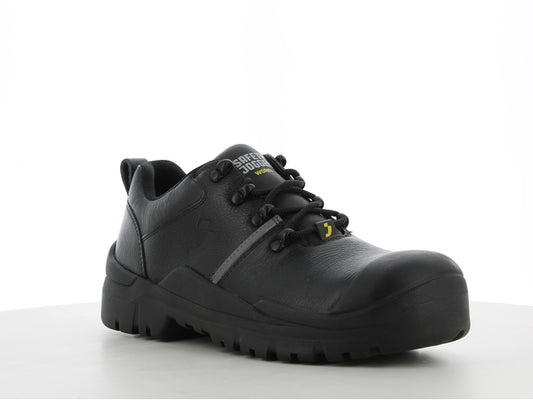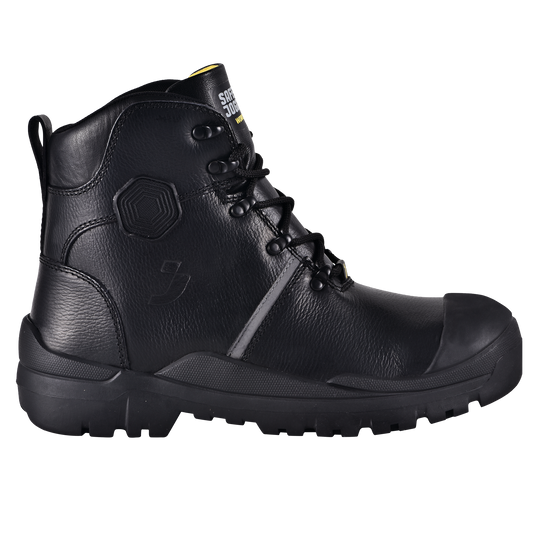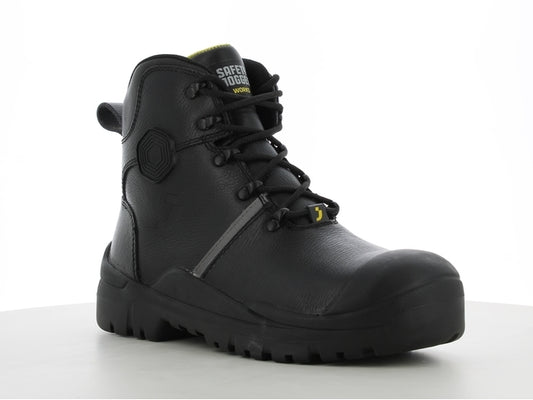-
Apsauginiai darbo batai MASCOT S3S SR WR FO A E PS, F1502-909-03333
Regular price 174,90 € su PVMRegular pricethe unit price per -
Žieminiai darbo batai MASCOT S7S, F1104-938, su greito užveržimo BOA Sistema
Regular price 299,90 € su PVMRegular pricethe unit price per -
Aukštos kokybės odiniai darbo batai CADOR S3 LOW TLS SR ESD, su greito užveržimo sistema
Regular price 84,90 € su PVMRegular pricethe unit price per -
Itin atsparūs darbo batai MASCOT S7S, F1302, su greito užveržimo BOA Sistema
Regular price 284,90 € su PVMRegular pricethe unit price per -
Žieminiai darbo batai MASCOT S7S, F1107-902-09
Regular price 249,90 € su PVMRegular pricethe unit price per -
Aukščiausios klasės darbo batai MASCOT S7S, F1300, su raišteliais
Regular price 249,90 € su PVMRegular pricethe unit price per -
Aukščiausios klasės darbo batai MASCOT S7S, F1301, su greito užveržimo BOA Sistema
Regular price 349,90 € su PVMRegular pricethe unit price per -
Itin patogūs vandeniui atsparūs universalūs laisvalaikio batai TAMAN WR, navy mėlynos spalvos
Regular price 74,90 € su PVMRegular pricethe unit price per74,00 € su PVMSale price 74,90 € su PVM -
Itin patogūs vandeniui atsparūs universalūs laisvalaikio batai TAMAN WR, khaki spalvos
Regular price 74,90 € su PVMRegular pricethe unit price per74,00 € su PVMSale price 74,90 € su PVM -
Vandeniui atsparūs, itin patogūs ir universalūs žygio batai SCOUT, tamsiai pilki
Regular price 79,90 € su PVMRegular pricethe unit price per16,00 € su PVMSale price 79,90 € su PVM -
Kokybiški universalūs darbo batai SJ EOS, S3S kategorija
Regular price 59,90 € su PVMRegular pricethe unit price per -
Aukštos kokybės odiniai darbo batai CADOR S3 LOW SR ESD
Regular price 64,90 € su PVMRegular pricethe unit price per -
Neperšlampantys odiniai žygio batai STEADY LOW, juoda spalva
Regular price 89,90 € su PVMRegular pricethe unit price per16,00 € su PVMSale price 89,90 € su PVM -
Neperšlampantys odiniai žygio batai STEADY LOW, ruda spalva
Regular price 89,90 € su PVMRegular pricethe unit price per16,00 € su PVMSale price 89,90 € su PVM -
Itin patogūs, vandeniui atsparūs ir universalūs žygio batai STREET, juodos spalvos
Regular price 89,90 € su PVMRegular pricethe unit price per16,00 € su PVMSale price 89,90 € su PVM -
Itin patogūs, vandeniui atsparūs ir universalūs žygio batai STREET, smėlio spalvos
Regular price 89,90 € su PVMRegular pricethe unit price per16,00 € su PVMSale price 89,90 € su PVM -
Itin patogūs vandeniui atsparūs universalūs laisvalaikio batai TAMAN WR, juodos spalvos
Regular price 74,90 € su PVMRegular pricethe unit price per74,00 € su PVMSale price 74,90 € su PVM -
Vandeniui atsparūs, itin patogūs ir universalūs žygio batai SCOUT, tamsiai žali
Regular price 79,90 € su PVMRegular pricethe unit price per16,00 € su PVMSale price 79,90 € su PVM -
Itin patogūs ir pralaidūs orui darbo batai MODULO LEATHER S3S LOW, ruda spalva
Regular price 98,90 € su PVMRegular pricethe unit price per -
Apsauginiai batai MODULO PURE S3S SR ESD CI WPA HRD, slydimui atsparūs ir lengvai valomi
Regular price 84,90 € su PVMRegular pricethe unit price per -
Ekstremalioms sąlygoms sukurti itin atsparūs žieminiai batai VESUVIO WINTER S3S SRC HRO FO CI HI WR
Regular price 109,90 € su PVMRegular pricethe unit price per -
Aukštos kokybės odiniai darbo batai DAKAR EW S3 SRC LEATHER
Regular price 108,90 € su PVMRegular pricethe unit price per -
High-quality low-heeled safety leather boots HEKLA S3 LOW SR HI CI HRO
Regular price 98,90 € su PVMRegular pricethe unit price per -
High-quality, extremely durable safety shoes HEKLA S3 MID SR HI CI HRO
Regular price 104,90 € su PVMRegular pricethe unit price per


